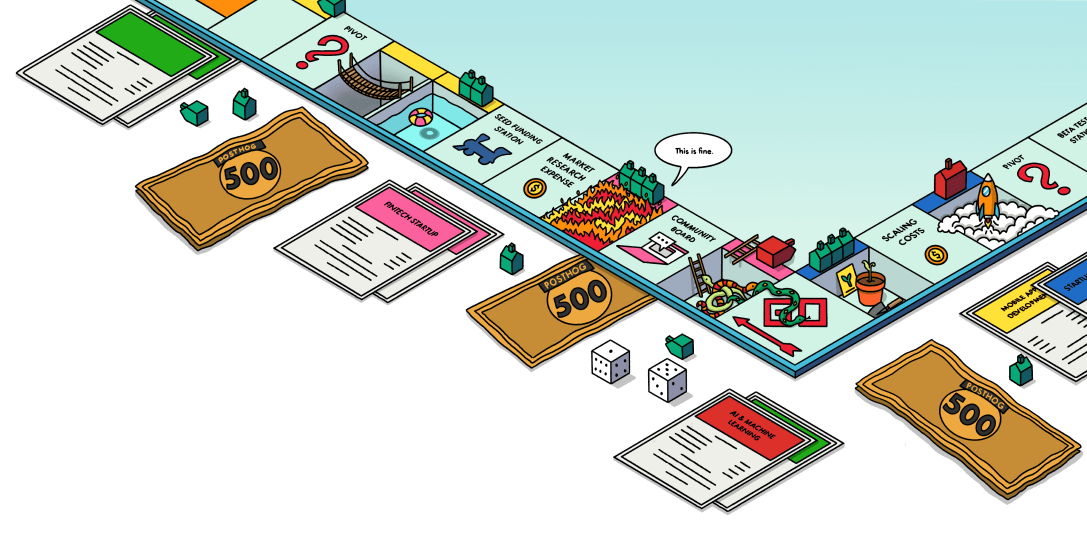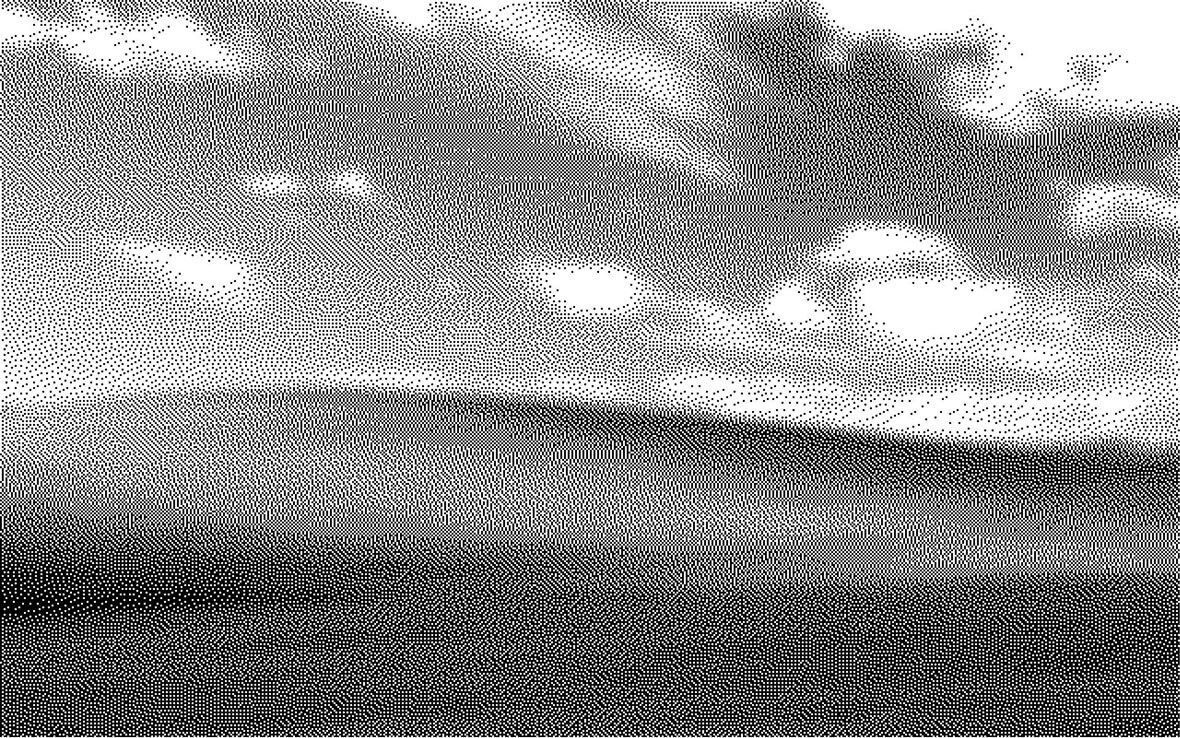Angular
Contents
PostHog makes it easy to get data about traffic and usage of your Angular app. Integrating PostHog into your site enables analytics about user behavior, custom events capture, session recordings, feature flags, and more.
This guide walks you through integrating PostHog into your Angular app using the JavaScript Web SDK.
Installation
Install posthog-js using your package manager:
Initialize the PostHog client
Generate environment files for your project with ng g environments. Configure the following environment variables:
posthogKey: Your project API key from your project settings.posthogHost: Your project's client API host. Usuallyhttps://us.i.posthog.comfor US-based projects andhttps://eu.i.posthog.comfor EU-based projects.
For Angular v17 and above, you can set up PostHog as a singleton service. To do this, start by creating and injecting a PosthogService instance.
Create a service by running ng g service services/posthog. The service should look like this:
The service is initialized outside of the Angular zone to reduce change detection cycles. This is important to avoid performance issues with session recording.
Then, inject the service in your app's root component app.component.ts. This will make sure PostHog is initialized before any other component is rendered.
Note: If you're using Typescript, you might have some trouble getting your types to compile because we depend on
rrwebbut don't ship all of their types. To accommodate that, you'll need to add@rrweb/types@2.0.0-alpha.17andrrweb-snapshot@2.0.0-alpha.17as a dependency if you want your Angular compiler to typecheck correctly.Given the nature of this library, you might need to completely clear your
.npmcache to get this to work as expected. Make sure your clear your CI's cache as well.In the rare case the versions above get out-of-date, you can check our JavaScript SDK's
package.jsonto understand what's the exact version you need to depend on.
We recommend setting up a reverse proxy, so that events are less likely to be intercepted by tracking blockers. We have our own managed reverse proxy service included in the platform packages, which routes through our infrastructure and makes setting up your proxy easy. If you don't want to use our managed service then there are several other options for creating a reverse proxy, including using Cloudflare, AWS Cloudfront, and Vercel.Set up a reverse proxy (recommended)
If you have multiple customer-facing products (e.g. a marketing website + mobile app + web app), it's best to install PostHog on them all and group them in one project. This makes it possible to track users across their entire journey (e.g. from visiting your marketing website to signing up for your product), or how they use your product across multiple platforms.Grouping products in one project (recommended)
For certain features like heatmaps, your Web Application Firewall (WAF) may be blocking PostHog’s requests to your site. Add these IP addresses to your WAF allowlist or rules to let PostHog access your site. EU: US: These are public, stable IPs used by PostHog services (e.g., Celery tasks for snapshots).Add IPs to Firewall/WAF allowlists (recommended)
3.75.65.221, 18.197.246.42, 3.120.223.25344.205.89.55, 52.4.194.122, 44.208.188.173
Tracking pageviews
PostHog automatically tracks your pageviews by hooking up to the browser's navigator API as long as you initialize PostHog with the defaults config option set after 2025-11-30.
Capture custom events
To capture custom events, import posthog and call posthog.capture(). Below is an example of how to do this in a component:
Session replay
Session replay uses change detection to record the DOM. This can clash with Angular's change detection.
The recorder tool attempts to detect when an Angular zone is present and avoid the clash but might not always succeed.
- If you followed the installation instructions for Angular v17 and above, you don't need to do anything.
- If you followed the installation instructions for Angular v16 and below and you see performance impact from recording in an Angular project, ensure that you use
ngZone.runOutsideAngular.
Angular with SSR
To use PostHog with Angular server-side rendering (SSR), you need to:
- Update the PostHog web JS client to only initialize on the client-side.
- Initialize PostHog Node on the server-side.
1. Update the PostHog web JS client
Update your posthog.service.ts to restrict the initialization of the PostHog web JS client to the client-side. The web SDK uses methods that are not available on the server side, so we need to check if we're on the client side before initializing PostHog.
2. Add server-side initialization
Angular SSR uses a server.ts file to handle requests. We can add any server-side initialization code to this file.
First, install the posthog-node package to run on the server side.
Then, add the following code to the server.ts file:
This code does the following:
- Extracts the distinct ID from the cookie header. This is set by the web JS client.
- Captures an event on the server side.
- Evaluates a feature flag on the server side. This can be passed as a provider to the Angular application.
- Calls
shutdownon the PostHog Node client to ensure all events are flushed.
Angular SSR does not allow Node.js code to be bundled into client-side components. Even though resolvers and other server-side code can be written along with client-side components, you cannot use PostHog Node in those components.
Next steps
For any technical questions for how to integrate specific PostHog features into Angular (such as feature flags, A/B testing, surveys, etc.), have a look at our JavaScript Web SDK docs.
Alternatively, the following tutorials can help you get started:








